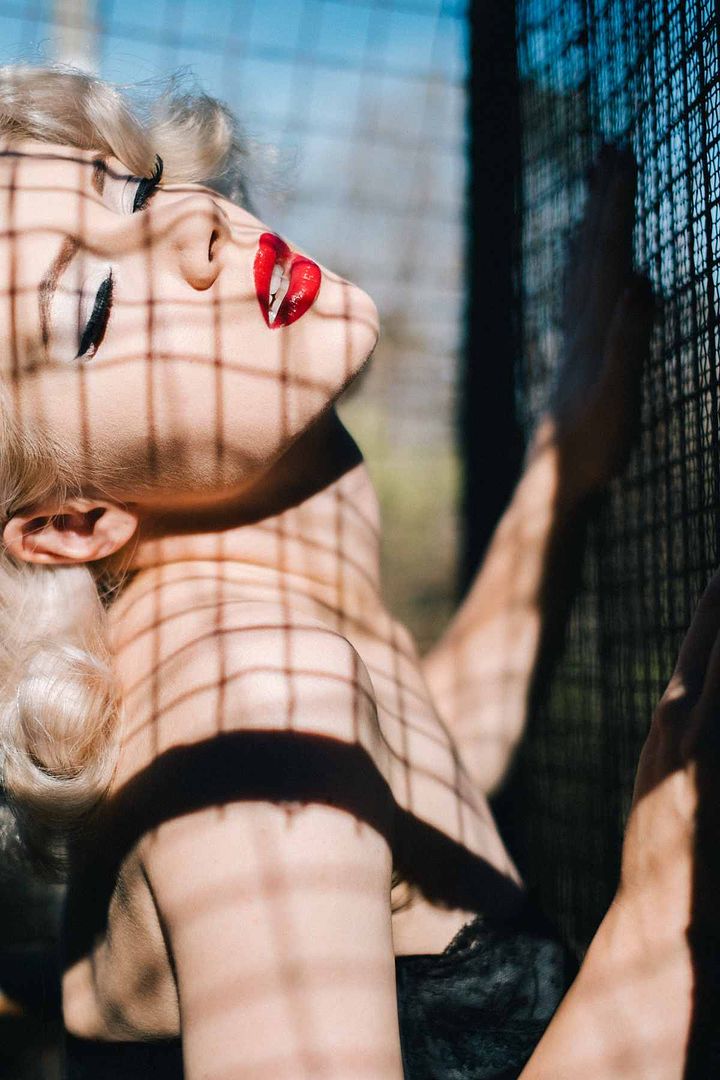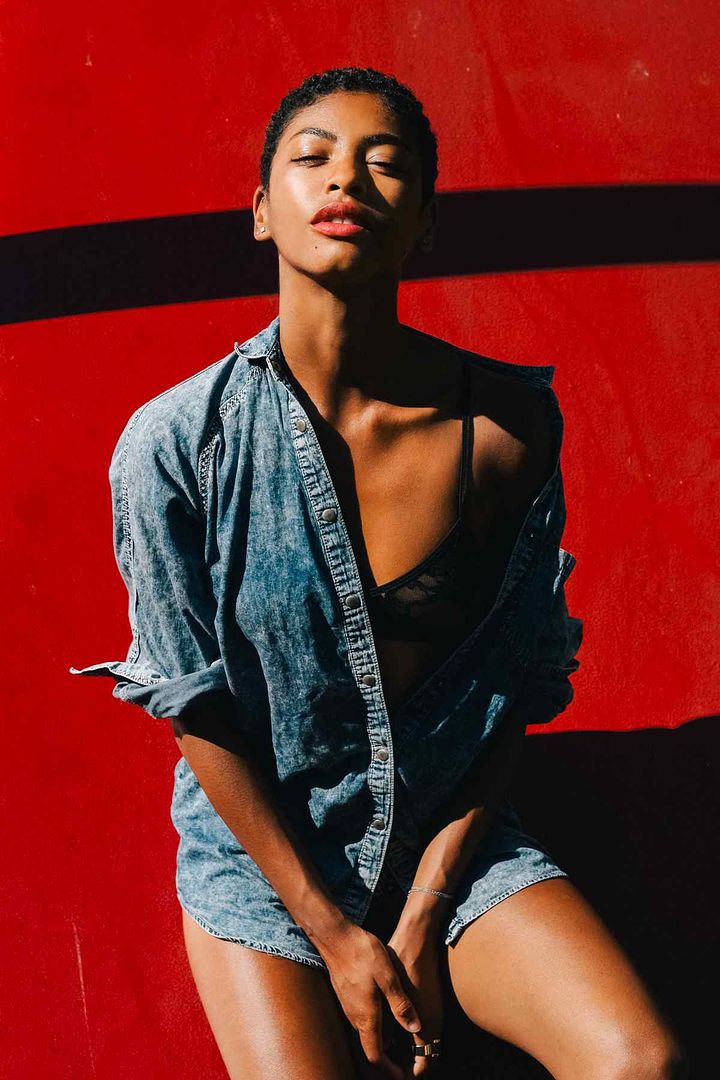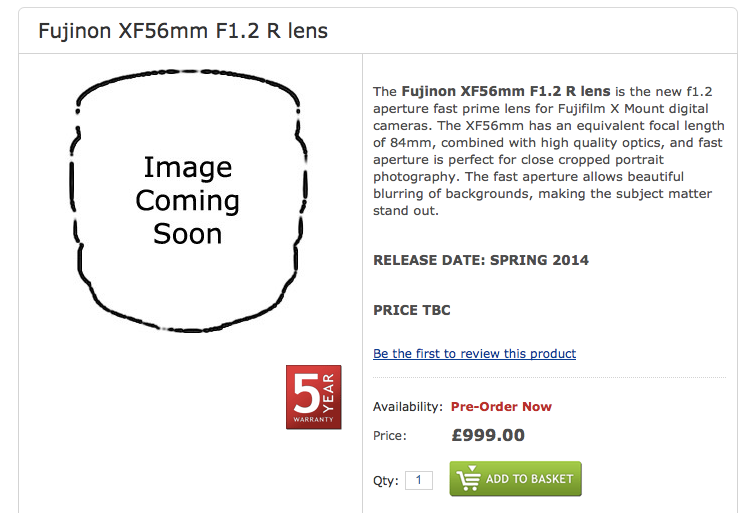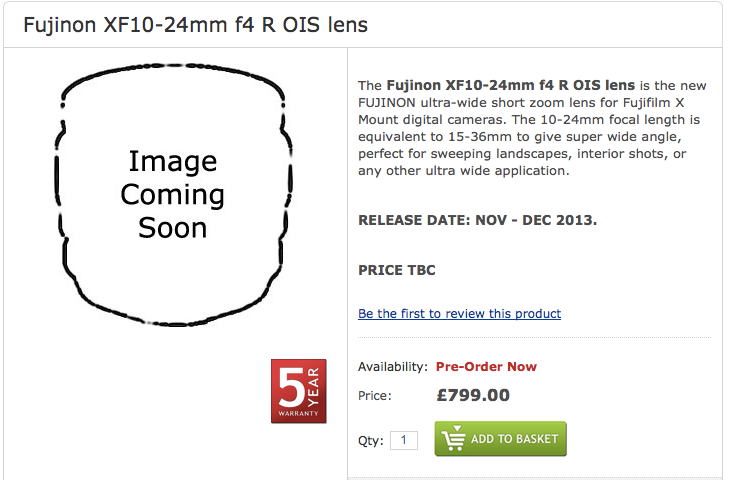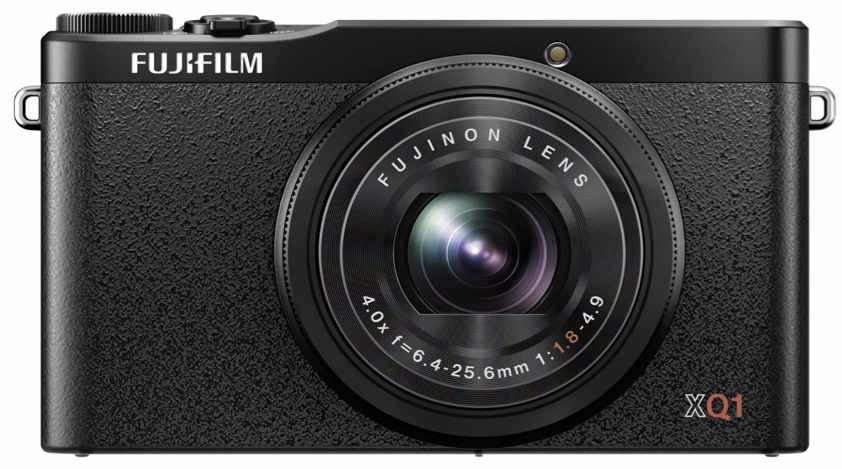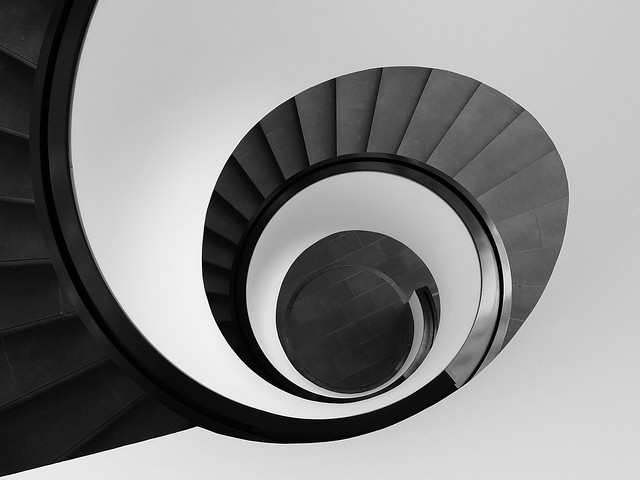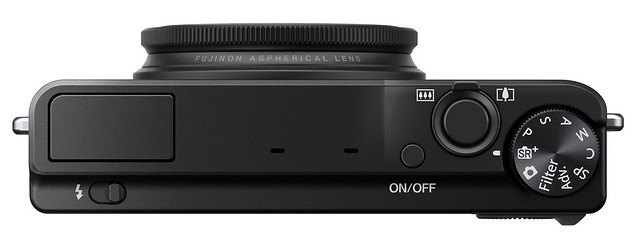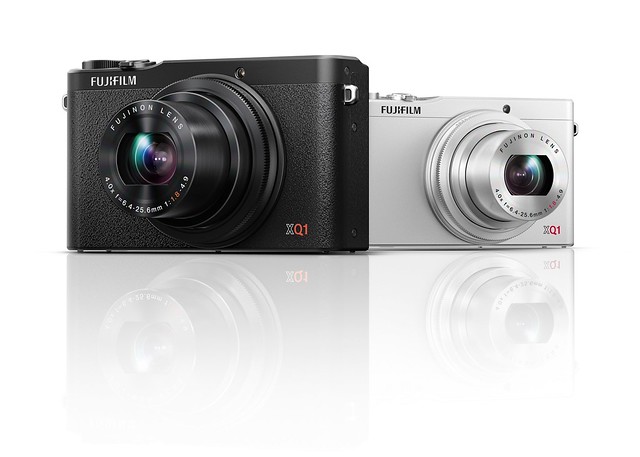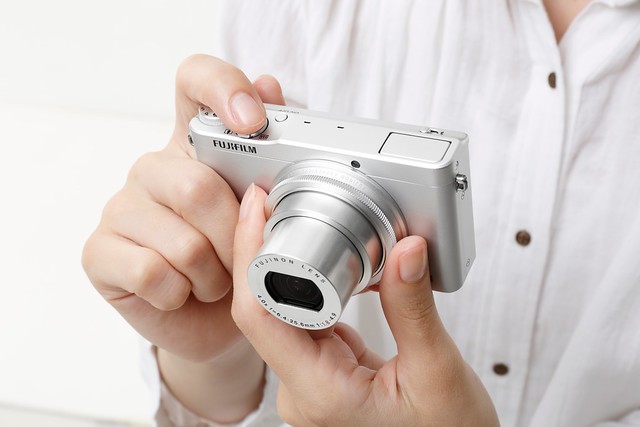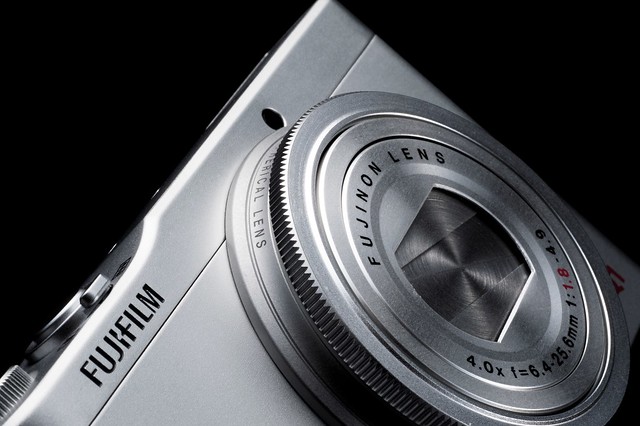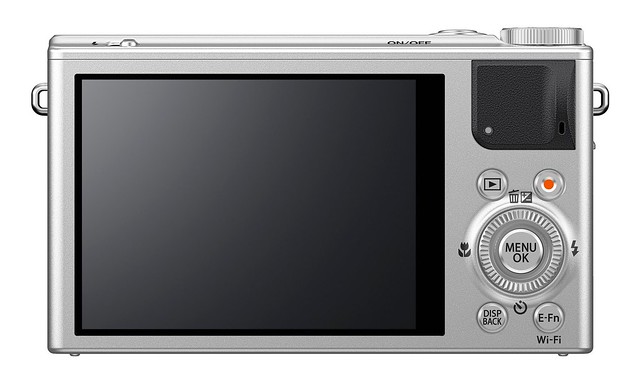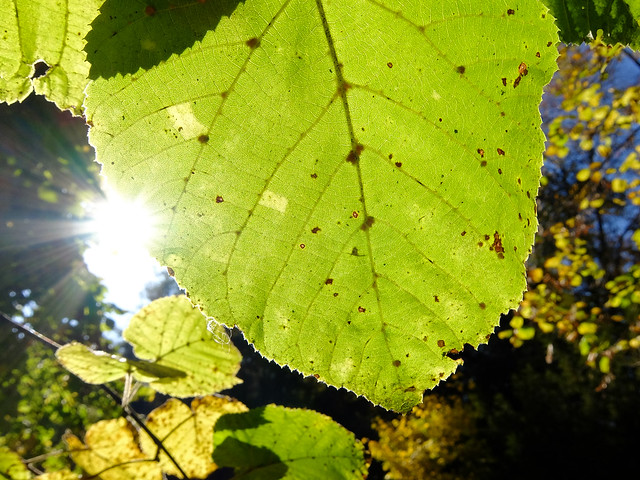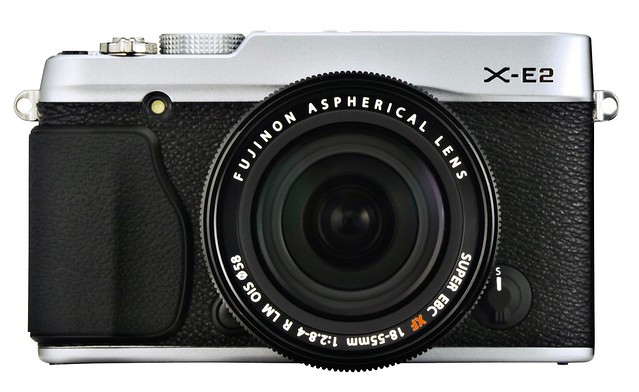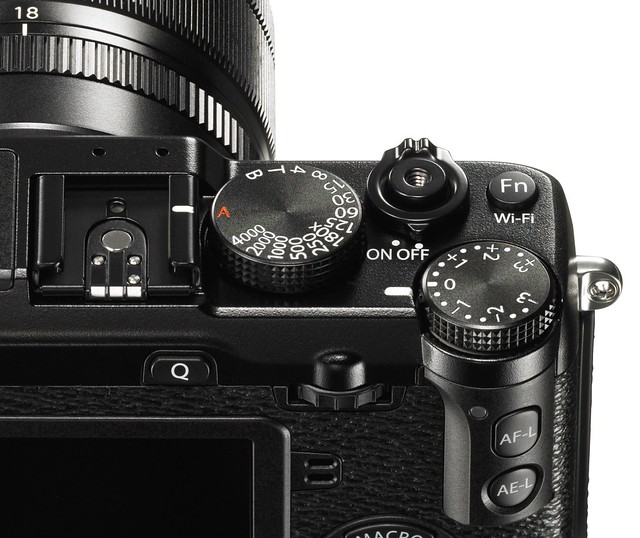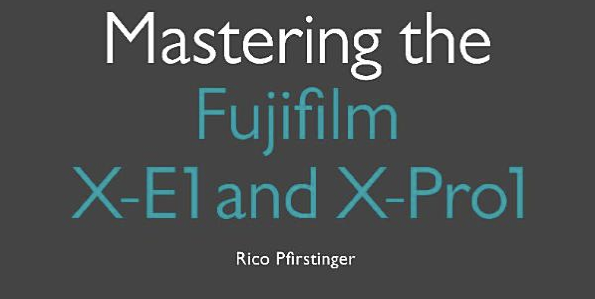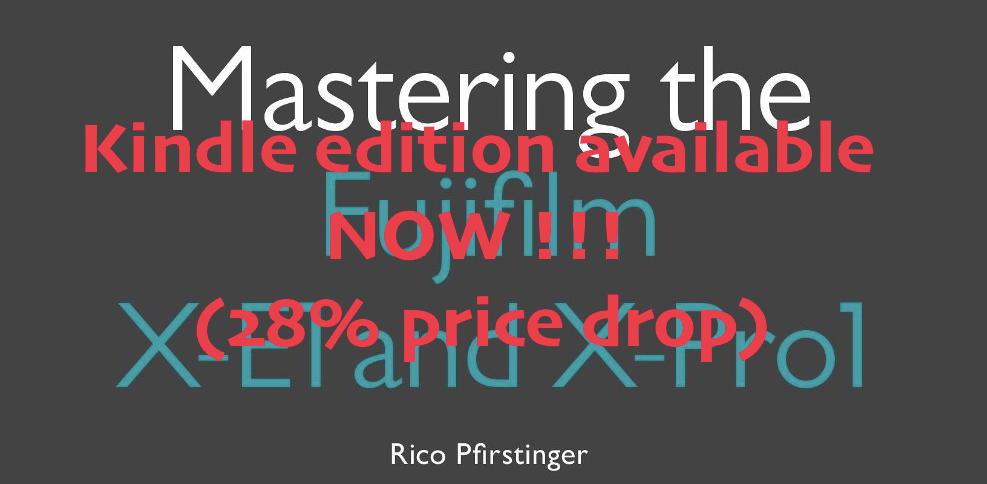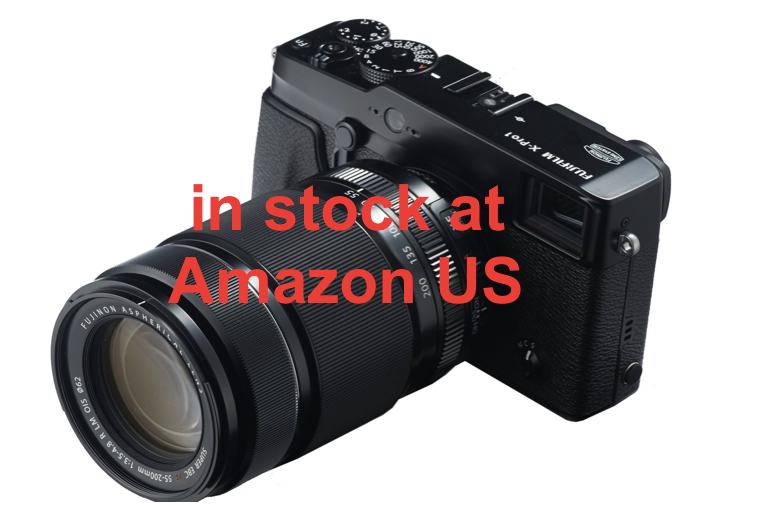
Fujinon XF 23mm
USA: eBay / AmazonUS / BHphoto / Adorama / Pictureline / DigitalRev – EUROPE: AmazonUK (via DR) / eBay / DigitalRev / wexcamerasDE / wexphotographicUK / PCHstore
– At therealsphotographersforum you can read a review of the XF 23mm: “The new Fuji 23mm lens is a beast – as fast as the excellent Fuji 35mm lens (at f/1.4), but with the latest AF drive and pull focus ring from the 14mm. The build quality feels superb – this lens is a chunky guy, with some reasonable heft, and a rather impressive girth. […] the smoothness of the bokeh is really impressive.”
– yodobashi.com shared his impressions and beautiful pics of the 23mm here (google translation): “It may be said that is the size that a strong presence as a little lens of single focus of APS-C for but, given the stunning image quality and value of open F1.4, to be rather small and light.”
X-rayed by Dag

FR-reader Dag analized an image Bert Stefani shot in his recent visit to Tokyo with three more X-photographers in order to present Fujifilm their own suggestions to make the X-series even better and more complete. Now here are Dag’s findings… and what do you see?
“This is unconfirmed , but take a look at this picture. http://confessionsxl.com
Is the x70 the black camera on the table? Or the silver one beside it? The silver one is NOT a X100S. Also. Look at the two cameras on the left side. If you look at the writing on the lens and the depth of the lenses it may look like they have different lenses. Is a X100S with a different focal length lens on the cards. X100S(andard), X100T(ele), X100W(ide)?
The lenses on the right side are also interesting. There is a pancake lens with aperture ring … Maybe a 35mm 2(.8)? Pure speculation. The lens in the middle looks a lot like a 35mm 1.4 with manual focus clutch?
And last but not least. Zack, David and co. reported that they got to present a wish list for upcoming lenses for the X-system. If you look at the board on the left side it clearly states: “from x-photographers”. Beneath not much i clear other then the first lens is a variable aperture (zoom) with maximum aperture of 5.6 on the long end … A longer lens then the 55-200mm?
The next three lenses have a aperture that ends on 8. So either 1.8 or 2.8. The last of these have “macro” written behind the aperture. If i should take a calculated guess a 23mm 2.8, a long tele 2.8 and longer macro lens then the 60mm?
The last lens on the board is interesting. It is clearly marked with II behind. So of the lenses that are out today the 35mm and 60mm are the two lenses that is most “in need” of redesigning with “quick AF” as stated. I would guess 35mm since the AF on the 60mm is slow since it is a macro lens.
The is also something about 18-55mm on the right side of the board, but can’t read it. Maybe a “firm” aperture ring with stops?
Maybe i want to see more in the picture then there is?”
Photo Ninja
FR-reader Mehrdad is very pleased by the results of the RAW-converter Photo Ninja and wrote a German review here (translation). According to hin it’s worth abbandon LR finally!
win a X-E1 + 18-55 lens
“Hello, Patrick. I have one more piece of news for you – we at Photography Life were very impressed with the X-E1 and started a giveaway contest of the camera body + the 18-55mm XF zoom lens kit. Perhaps you would like to share this on your website, we would be very grateful. Thanks! http://photographylife.com/fuji-x-e1-giveaway“
X100S
[shopcountry 12883]
– Here is a fun little look at the X100S of Fernando Gros: “Time for a confession right up front. I suck at writing camera reviews. When I’ve written camera reviews in the past I often get hit with the kinds of questions most regular camera reviews spend a lot of time answering; stuff like sharpness, lens distortion and every little detail lurking in the camera’s menus. But, to the be honest, the only thing that interests me is “can I make the kind of photographs I like, with this camera?”
– X100S review at disneyphotographyblog here: “Imagine a camera that is liberating, light, powerful, and most importantly has fantastic image quality. Do you want to take that camera to the parks and shoot with it? I know I did, and that is why I rented the Fujifilm X100S recently.”
– Florian wrote a comprehensive review about his new toy, the X100S, here: “I needed something more portable, especially for work trips. I considered switching to a more portable camera system – the Fuji X system comes to mind – but again this involves compromises (not to mention expenditure) that I don’t want make right now: An ideal camera (1) has excellent image quality, (2) is very portable and (3) is highly flexible. Again, pick two! My solution is to keep my DSLR system [(1) & (3)] and get a second, portable camera [(1) & (2)]. The X100s fits the bill perfectly. Moreover, it is very pretty, so even my finance minister approved of the purchase.“
– For a first look at the X100S check eoshd.com here: “Dynamic range is comparable to full frame on the X100S and it certainly gives the Sony RX1′s full frame sensor a run for it’s money at a considerably smaller price. The Zeiss lens is better on the RX1 but image quality is right up there between the two and the X100′s sensor also does a great job in low light.”
X-E1
[shopcountry 12881]
– Dan Bailey shared on my FR-twitter page his blog post “Shooting Cyclocross with a Nikon DSLR and Fuji X-E1 here: “In my mind, the Fuji X-E1 held up well, and I’d use again with confidence for shooting action.”
– Check out photographylife’s X-E1 review here. From the conclusions: “Yes, the Fuji X-E1 is a camera that I want to pick up and shoot. I don’t know what it is – ergonomics, its looks, its feel, the noise of its shutter…it is hard to express why this camera just lures me into picking it up. To date, I have not enjoyed photography as much as I have with the X-E1. It feels just perfect in hands. […] I have been taking the Fuji equipment to every shoot with me so far and I have to say, I would not hesitate to shoot weddings and other portrait sessions with it (you can probably see why I am so excited about the upcoming 56mm f/1.2). […] In summary, the X-E1 is a phenomenal camera. I don’t think there is anything else to add to that.”
– Oh yes, he did it. Colin shot a whole wedding with the X-E1. Read more here: “I am happy with the results from this day, however I’m still holding on and using the 5Dii +100mm lens for my own assignments but I believe the way is paved for an all fuji kit bag, Im thinking a pair of XE1’s: 23mm/1.4 lens on one and the 56mm/1.2 on the other, with the 35mm being in the bag for backup. Can you imagine that? It would be such a light kit and all fit in one small bag, only downside is I would need about ten batteries, not even joking here I used 4 in one day recently.”
– The Fuji X-E1 & Fuji X-Pro1 and why I love mine at johnbarclayphotography here: “These cameras have made photography fun again! I love the look and feel and their size allows me to always have one with me.”
– X-E1 article at henrysmithcottage here: “This was the first vacation, probably in a decade, where I have not taken an SLR as part of my kit. Instead on his trip, I brought instead 3 “X series” Fujifilm cameras: my X 100s, my X Pro 1, and a brand new E Bay acquisition, a silver XE 1. I definitely had some concern over this. After all, I have some wonderful Nikon bodies and lenses. Would the Fuji’s suffice? […]
– “In the hands using the Fuji X-E1 and 35mm for me is a more photographic experience. I engage far more in the moment. I take more care before squeezing the shutter release and hearing the shutter control the light momentarily to the sensor creating the image. I love the detail with the narrow apertures too, street and landscape provide good opportunities to work at this end if the lens range.” Read Fuji X-E1 joined me on walk about at Simon Peckham here.
X-PRO1
[shopcountry 12882]
– X-PRO1, New York and street photography. See some shots here at rodneyboles.com.
– The Fuji Xpro 1 loves the Badlands (First field test) at tonysweet here: “I thoroughly enjoy using the Fuji X Pro 1 and it’s one of the few cameras that feels so good in your hands (after adding the aforementioned accessories), that it actually makes you want to get out there and take pictures! BONUS: Being a rangefinder, there no need for a tripod for general shooting in average light, although mounting on a tripod is always a good idea for best image quality in lower light and/or when using high apertures. BONUS2: The high ISOs are outstanding!”
– X-Wow: Initial Shots from the Fujifilm X-Pro1 at kevinbuchananphoto here: “‘I’ve been shooting with the X-Pro1 and the 35mm (equivalent to a 50mm on a full-frame camera) f/1.4 lens now for several days, and have been continually blown away by the photos I’ve been getting from it. I’ve thrown it into several different situations – portraits, street, concerts, etc. – and have been learning how it behaves and responds. It’s everything I loved about the X100, taken to a new level.”
– Alternative close-up photography with the Fuji X-Pro1 and X-E1 at aboutphotography here: “Sometimes, however, I like to break the mold and move into some more innovative ways of shooting close-ups. The procedure is simple, but the results can often be visually interesting and, for me, more exciting creatively.”
X-M1
[shopcountry 13828]
– Giovanni: “Hi, I’ve tested, for a few hours, both the (old) X-E1 and the (newer) X-M1. Here’s my reflections; the post is in italian, but you can read it also in english, or any other languages, thanks to “google translate“. Ciao“
– photoreview posted its X-M1 review here: “[…] the X-M1 plus 16-50mm kit lens will suit photographers who enjoy shooting general subjects, such as landscapes and portraits. It’s small enough to be an attractive traveller’s camera and makes a reasonably good choice for photographing children and pets, although you’ll need a longer lens if you want to photograph sports action or wildlife.”
– photographylife‘s X-M2 review can be read here: “Overall, the X-M1 is an excellent camera that is very intuitive and easy to use, with superb image quality. Despite the fact that it lacks an electronic viewfinder, it is still equally as addictive as other X-series cameras from Fuji.”
X20
[shopcountry 12884]
– Cameralabs X20 review here: “Despite its smaller sensor, the Fujifilm X20’s wider f2.8 aperture produces a slightly better result at the telephoto end of the zoom range. The worst of the bunch [[shoplink 12884 ebay]X20[/shoplink], [shoplink 15087 ebay]Sony RX100 II[/shoplink], [shoplink 13071 ebay]Nikon A[/shoplink]] is the Nikon A. Its 28mm fixed lens not only renders the background almost as sharp as the subject, the wide angle perspective makes for particularly unflattering portraits.”
– Nowadays compact cameras deliver great results, as the [shoplink 12884]X20[/shoplink] or the [shoplink 15087]Sony RX100II[/shoplink]. Read more at mirrorlessons here.
artifacts
– “I would like to have your opinion about some TERRIBLE false outlines that I’m encounting on Lightroom and Silkypix when simulating a Red filter on BN, on the blue channel. I can’t believe that I’m the first to deal with this artefact, but I can’t find any discussion about this on the web. I decided to email you after trying to recreate the same artefact on other cameras like Olympus OMD and Canon G-15, both of them don’t show a false outline like this. I can confirm that it is in both of jpeg and RAF, and you can put every other parameter to default or automatic and you won’t remove this outline anyway. Look at the sky… Please help me :D Greetings from Rome, M“. Check Massimo‘s post here. To be honest, I’ve never experienced something like this, but feel free to drop your opinion in the comments. In any case, I’ve talked with Massimo and he told me that he found a solution in the meantime. So stay tuned on his blog, in case you experienced the same problem, he will tell you the solution in this post here!
Fuji X100
[shopcountry 15293]

The Fuji X100 in Florida with Massimo Cristaldi here. It’s his last trip with the X100 before replacing it with his X100S.
Lens Turbo
admiringlight posted its lens turbo review (Minolta MD to Fuji X) here: “If you planned to shoot with the Lens Turbo for a large portion of your work or for professional work, I’d recommend spending the extra money on a SpeedBooster (provided they make it for the mount you’d like to convert), but for occasional use when you want that full-frame depth of field, it’s useful. I don’t often need the depth of field provided by ultra-fast lenses on full frame, as the depth of field from faster lenses on APS-C and Micro 4/3 provides plenty of isolation while keeping the subject sharp. However, for those times I want that super shallow look (especially in the normal focal range), I can grab this and get a decent shot. Ultimately, the Lens Turbo provides usable images with that full-frame look at a relatively low price. It’s not a great buy, and it’s not a perfect set of optics, but it’s not a bad buy either. The current $130 price range on eBay is right about where I’d put the worth on the Lens Turbo – if it were more expensive, the cons to image quality would be much harder to ignore.”
[shoplink 17130 ebay]Lens Turbo[/shoplink] / [shoplink 16275 ebay]Speed Booster[/shoplink]
lenses
Fuji XF 27mm: [shopcountry 13829]
Zeiss Touit 2.8/12: [shopcountry 13645]
Fuji XF 55-200mm: [shopcountry 12892]
Fuji XC 16-50: [shopcountry 17197]
Fuji XF35mm: [shopcountry 12889]
– Some more images of the 23mm can be seen here.
– “Patrick – I just completed a hands on review of the Fuji 27mm pancake lens. This lens is a real winner as you can read in my post here. As always, I included downloadable samples so readers can judge for themselves. The lens looks particularly great on an X-E1 as this photo shows. Thought your readers migh enjoy the post. Thanks. – Tom“
– Lenstip tested also the XF 27mm here. The PROS: “small and neat casing, excellent image quality in the frame centre, negligible chromatic aberration, well corrected spherical aberration, low astigmatism, fast and accurate autofocus.” CONS: “high vignetting, weak image quality on the edge of the frame near the maximum relative aperture, exorbitant price.”
– Read stockografie‘s Zeiss Touit 2.8/12mm review in English here (German here): “Color rendition, sharpness and even corner sharpness is handled very well. You can even achieve a little bit of bokeh with this ultra wide angle lens. Choose f/2.8 and get real close to your subject and you can manage this bokeh. Not bad for this ultra wide angle lens used on an APS-C sensor.”
– photoreview‘s XC16-50 review can be read here: “Covering a wide enough focal length range for everyday picture-taking and as a single lens for travellers, this lens is better suited to landscape and portrait photography than shooting sports action or wildlife. Optical image stabilisation promises up to four f-stops of shutter speed compensation. Extensive use of plastic means the build quality has been slightly compromised to keep its weight down. However, this makes it a travel friendly combination with the X-M1 body we used for our tests.
– 35mm review at picturebeast here: “Fact Number one – this lens gets rave reviews both by the professionals and by the budding enthusiats and semi professionals that can be found hanging around the vignetted corners of the virtual WordPress world […]. Fact number two – this lens has a thrilling F1.4, which guarantees gorgeous bokeh”
– Don Craig‘s review of the 55-200 can be read here: “I was impressed. Thank you image stabilization! The OIS works really well. That, combined with the X-trans sensor’s superior image quality and amazing high ISO performance, meant that I was happily shooting an event with the XP1 and a Fujinon lens which previously required me to use a DSLR and a giant zoom lens.”
– XF 55-200 review at hossedia here: “Another great use of longer focal length lenses is creating the optical illusion of compression. The idea is to stand back from your subject, and use the longest focal length you can. This will result in visual elements appearing closer together than they are (kind of like your rear view mirror). The 55-200 does a brilliant job of this!”
image courtesy: hossedia
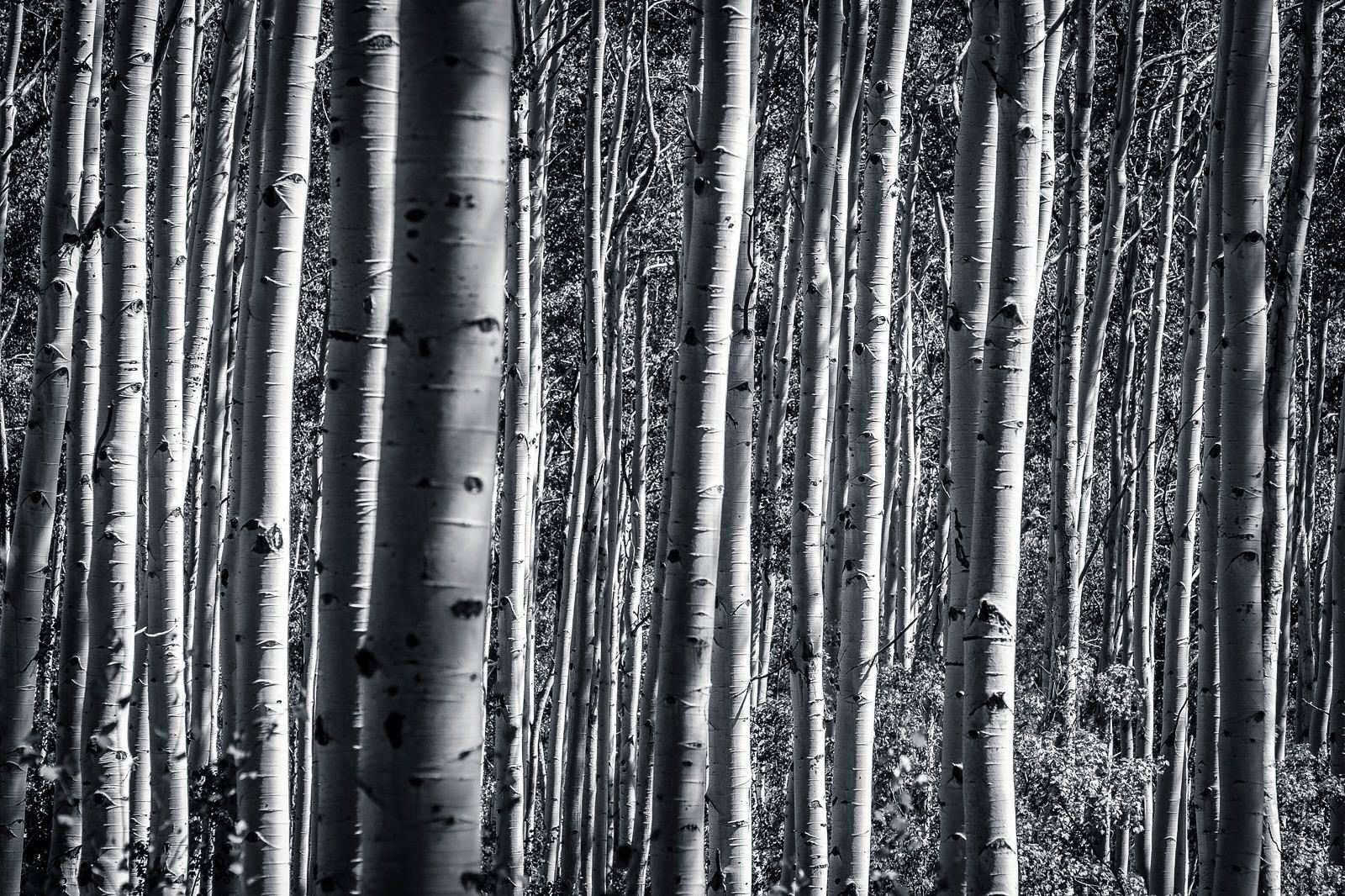
How to shoot a wedding with the Fujis

image courtesy: confessionsxl
“I want cameras that don’t scream “I’m the hired photographer!” but still give me the best possible image quality. Another reason for keeping my bag small and light is simply physical. I don’t shoot my best work when I’m tired or when my back hurts. Here’s what’s in my camera bag:” Read more at confessionsxl here.
![]() (google+, facebook and twitter)
(google+, facebook and twitter)

